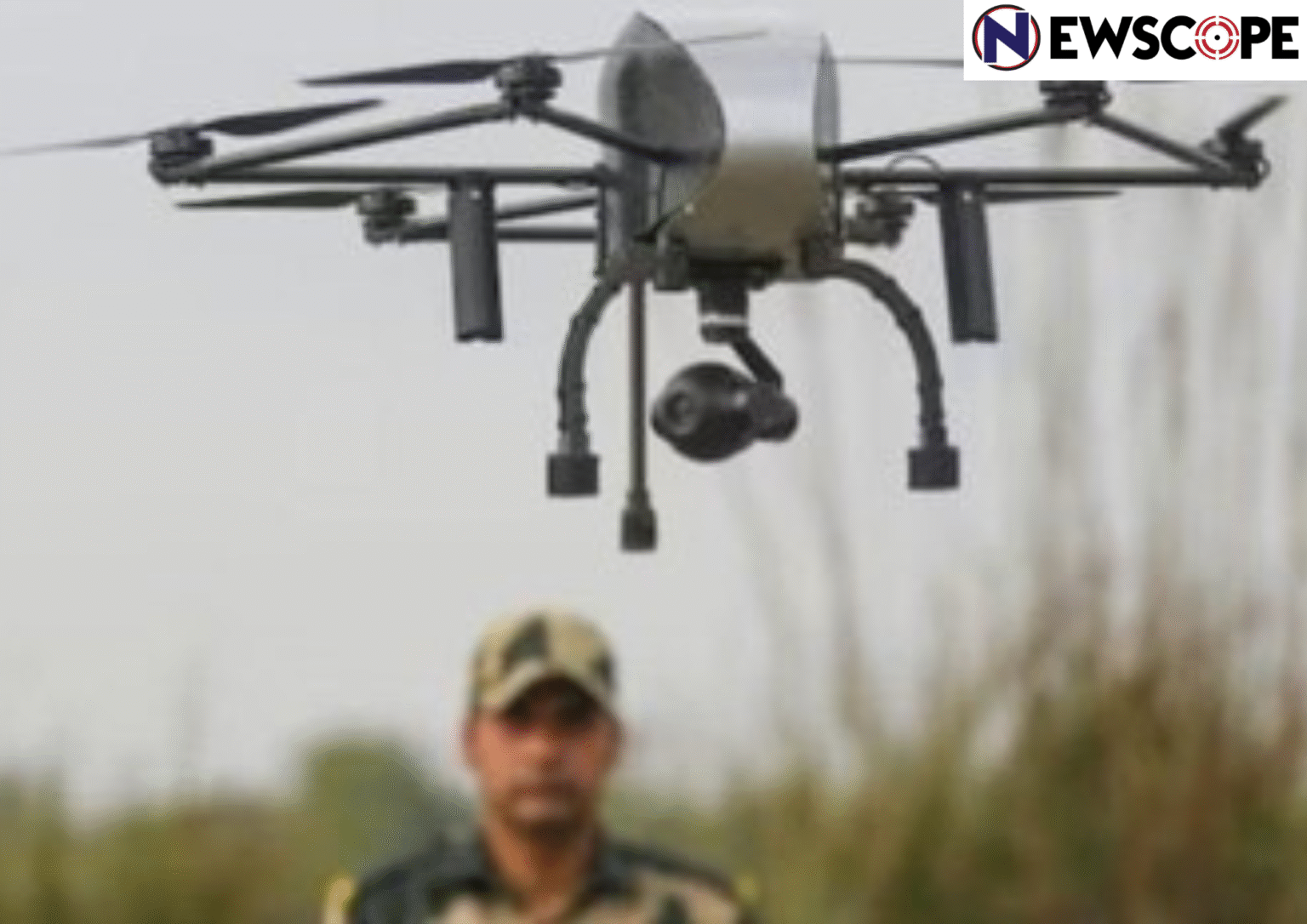A significant organisational haul is set by the Indian Army where Unmanned Aerial Vehicle (UAVs) and counter-UAV as weapon systems will be used at the battalion level across most of its arms.
This transformation also involved light commando battalions, creating integrated brigades and developing specialised artillery regiments and batteries for future warfare.
After Operation Sindoor, this long awaited plan has gained pace. During this operation, some of the changes will be made. One of the initiatives is to incorporate UAVs and counter-UAV systems into infantry battalions, as well as armoured and artillery regiments. While current battalions possess drones, they are often utilised as secondary systems in addition to established weapons and tasks. As a result, personnel are diverted from primary responsibilities to operate the UAV.
The main purpose is to create a dedicated outfit within each unit that will be tasked primarily with operating drones. Each arm has been directed to draw up a structure which allows a selected number of personnel to focus and train on this front.
The Army is raising 30 light commando battalions, called Bhairav, each comprising about 250 personnel. These battalions will be specially trained and deployed in designated areas to enhance strike capabilities with teams trained for specific missions. They will operate under various commands with specific operational roles, and be trained and equipped accordingly.
Sources said multiple infantry regimental centres have been instructed to start raising these battalions, and initial units are expected to be ready for operational deployment within a month.
Rudra Brigades will be established by the Army which consists of an all-arms brigade along with UAVs and other logistical elements. This will involve restructuring existing infantry, armoured and artillery brigades, which will allow Rudra brigades to function independently across various sectors as integrated units for future warfare.
For the Regiment of Artillery, establishing two batteries with an increased number of guns each, as well as adding a third drone battery equipped with surveillance and combat drones, are being considered. Currently, each artillery regiment consists of three batteries, each with six guns.
Additionally, Divyastra artillery batteries are being created with next-generation long-range guns and loitering munitions capable of conducting surveillance and identifying and engaging targets in depth areas. They will be equipped with anti-drone systems for self-defence and area protection.



